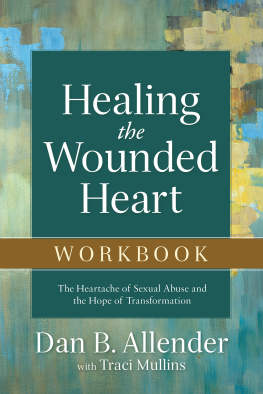Prison Rape
Prison Rape
AN AMERICAN INSTITUTION?
Michael Singer

Copyright 2013 by Michael Singer
All rights reserved. No part of this publication may be reproduced, stored in a retrieval system, or transmitted, in any form or by any means, electronic, mechanical, photocopying, recording, or otherwise, except for the inclusion of brief quotations in a review, without prior permission in writing from the publisher.
Library of Congress Cataloging-in-Publication Data
Singer, Michael, 1942
Prison rape : an American institution? / Michael Singer.
pages cm.
Includes bibliographical references and index.
ISBN 978-1-4408-0271-3 (hardcopy: alk. paper) ISBN 978-1-4408-0272-0 (ebook)
1. RapeUnited States. 2. PrisonersLegal status, laws, etc.United States.
3. PrisonersSexual behaviorUnited States. 4. Sex crimesUnited States.
5. Prison violenceUnited States. I. Title.
KF9329.S56 2013
365.6dc23 2012042479
ISBN: 978-1-4408-0271-3
EISBN: 978-1-4408-0272-0
17 16 15 14 13 1 2 3 4 5
This book is also available on the World Wide Web as an eBook.
Visit www.abc-clio.com for details.
Praeger
An Imprint of ABC-CLIO, LLC
ABC-CLIO, LLC
130 Cremona Drive, P.O. Box 1911
Santa Barbara, California 93116-1911
This book is printed on acid-free paper 
Manufactured in the United States of America
Contents
Acknowledgments
My chief debt of gratitude is to the many courageous survivors of prison rape in America who have been willing to speak out about their suffering. I have also benefited from conversations with a range of individuals who are working tirelessly and devotedly to combat sexual and other abuses in the American incarceration system.
Courtney W. Howland was a constant support throughout the stressful process of researching and writing this book. She also gave her time generously to reading drafts of the text and provided crucially important critical comments and constructive input that have substantially influenced the book.
Valentina Tursini, as acquisitions editor at Praeger, inspired the development of this book from its initial concept. It would not exist without her understanding and guidance. Beth Ptalis has been an admirably responsive, encouraging, and patient editor throughout.
I also thank the Dickson Poon School of Law of Kings College London for providing me for the past thirteen years with the great privilege of a stimulating and supportive scholarly environment.
Michael Singer
Introduction
A federal prosecutor did not want to go through the lengthy legal process to bring to trial a number of men who were fugitives from justice, so he gave them an incentive to turn themselves in right away. In an interview on a public radio program he explained the consequences they would face if they insisted on waiting out the legal process. He told them: Youre going to be the boyfriend of a very bad man when we eventually get you into prison. As a court of justice later recognized, the federal prosecutor meant that each of them would be forced to share a cell with a stronger inmate with a reputation as a sexual predator and would inevitably be anally raped or otherwise sexually abused.
It was unusual for a prosecutor to publicly broadcast the threat of sexual abuse, but the practice that his threat revealed is quite common. Prosecutors, both federal and state, routinely use threats of sexual abuse to strike advantageous deals with defendants. They do so regardless of the fact that sexual abuse of any kind is a criminal offense. They are able to do so because sexual abuse of every kind is rife throughout the American incarceration system. Large numbers of male inmates are sexually abused by stronger inmateswith many cases involving repeated gang rapesas well as by corrections officers. Large numbers of female inmates are also sexually abused; most of the abusers are male corrections officers, who now comprise the great majority of corrections officers in womens prisons and jails.
The prosecutor gave his broadcast interview in 1997. Sexual abuse had by then been rife throughout the American incarceration system for so many years that it could be fairly described as institutionalized into the system of punishment. The federal legislatureCongressappropriately described sexual abuse as epidemic throughout the American incarceration system. The most recent data show that this remains the case today.
This situation is incompatible with Americas claim to be a civilized society subject to the rule of law. Congress recognized this in 2003 when it enacted, by unanimous vote in both houses, a statute aimed at putting an end to the institution of prison rape. This is the Prison Rape Elimination Act (PREA). Although this statute has so far had relatively little overall effect on the level of sexual abuse in incarceration nationwide, there is some ground today for hoping that sexual abuse may eventually cease to be an institution of the American system of incarceration.
The ground for hope is that after years of delay the federal Department of Justice has finally, in 2012, promulgated national standards under the statute that are expressly aimed at combating all forms of sexual abuse throughout the incarceration system. However, the statute makes compliance with these standards largely voluntary. Because of this, the standards will not be implemented across the country unless there are deep cultural changes in the incarceration system, the justice system, and American society as a whole. If these cultural changes do not take place, prison rape will remain established as an American institution, to the continuing shame of American society.
Part I of this book assesses the extent of sexual abuse in incarceration. It begins with an overview of the complex and extensive American system of incarceration and supervision, comprising prisons, jails, juvenile detention, lockups, community corrections of various forms, and a range of other facilities. It continues with a survey of the studies that, starting from the 1960s, led to growing social awareness of pervasive sexual abuse throughout this system. These studies were carried out by academic researchers and human rights organizations and dealt with sexual abuse of both female and male inmates.
The main sources of information on sexual abuse in incarceration are now the several series of reports produced by the Bureau of Justice Statistics (BJS) of the Department of Justice under the authority of PREA and also the Regulatory Impact Assessment (RIA) produced by the Department of Justice in 2012 along with the national standards. Part I continues with a review of these publications. They cover jails and juvenile facilities as well as prisons. By guaranteeing confidentiality to inmates they deal effectively with the problems of obtaining reliable information on this sensitive subject.
An important aspect of the BJS reports and the RIA is the development of uniform definitions and classifications of abusive sexual acts. These publications are also careful to distinguish sexual abuse from consensual sexual activity between inmates, which is not the concern of this book. However, all sexual activity between staff and inmates is illegal and treated as sexual abuse.
The RIA finds that in a single year at least one hundred and fifty thousand individuals suffer some form of sexual abuse in adult prisons and jails and in juvenile detention facilities. This is a very conservative estimate, and the RIA also gives the more probable estimate that the number is actually over two hundred thousand. This does not include those who are abused in lockups, community corrections, and other facilities.


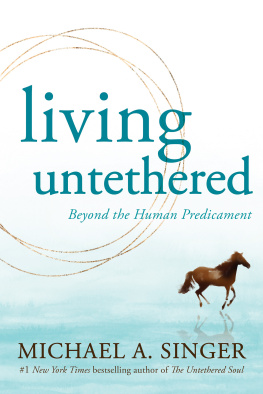
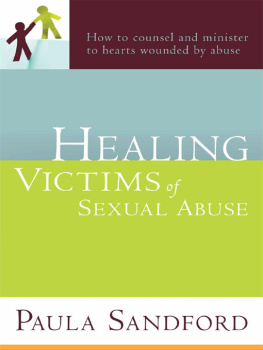
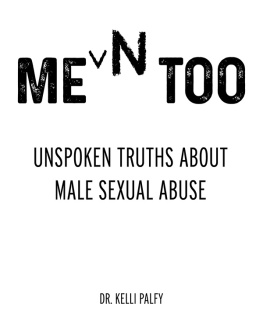
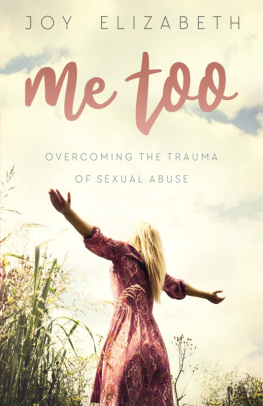
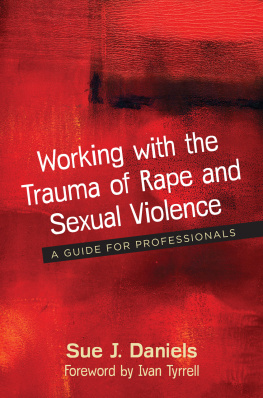
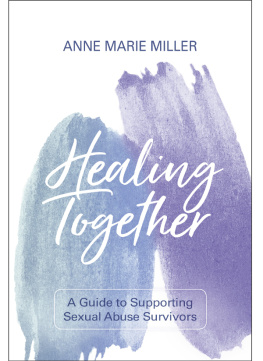
![Heitritter Lynn - Helping victims of sexual abuse: [a sensitive biblical guide for counselors, victims, and families]](/uploads/posts/book/212530/thumbs/heitritter-lynn-helping-victims-of-sexual-abuse.jpg)
